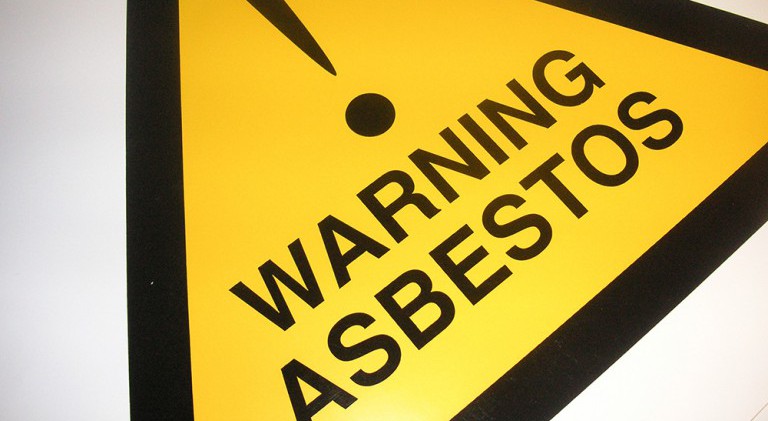In the UK asbestos causes around 5,000 deaths every year, a figure that has doubled since 1992 this is more than the number of people killed on the UK roads each year. Around 20 tradesmen die each week as a result of past exposure to asbestos. Approximately 10 teachers per year die from asbestos related diseases.
Asbestos was used widely throughout the UK up until 1999 when its use was banned in the UK. It was used in a wide variety of materials, as asbestos is an inert material being resistant to heat, acid and a great insulator against electricity etc. Asbestos can be found in: -
- Roofing sheets
- Toilet cisterns
- Heat mats on ironing boards
- Linoleum floor tiles
- Ceiling tiles
- Water pipes and gutters
- Electrical fittings and fuse boards
- Pipe lagging and pipe gaskets
- Fire doors etc.
But it’s not only tradesman who are affected. Steve McQueen star of The Bullitt, The Great
Escape and Papillon to name a few sadly died from Mesothelioma, a form of lung cancer at the age of 50. It was assumed he was exposed to asbestos from the suits her wore as a racing driver which were made from asbestos fibres, in order to protect him from the risk of fire, ironic really.
The youngest recorded death from an asbestos related disease was in 2008. A 28year old woman died from Mesothelioma when exposed to asbestos as a child. She would take a short cut to school through a factory yard, where asbestos sheets were being cut. Cutting the asbestos sheets allowed the asbestos fibres to become airborne were they were inhaled and the fibres lodging deep into the lungs.
Generally the incubation period for asbestos related illnesses is between 20-50 years but tragically patients, once diagnosed, only live on average 12 months.
It is estimated that 90,000 people in the UK will die from the disease and that a further 90,000 will die from other lung disease's related to asbestos exposure.
Asbestos can be found in any building constructed prior to 2000, but is only dangerous when disturbed and the fibres become airborne. If properly managed and contained safely asbestos may not present any health hazard. There are different types of asbestos and each type needs to be treated according to its risk.
Remember if you are unsure presume the worst and seek professional advice.
The duty to manage asbestos is contained in regulation 4 of the Control of Asbestos Regulations 2012.
It requires the person who has the 'duty' (i.e. the 'Dutyholder') to:
- Take reasonable steps to investigate if there are materials containing asbestos, and if so the amount, where and its condition
- Presume materials contain asbestos, unless there is strong evidence to suggest otherwise
- Keep an up-to-date record of the location and condition of the asbestos containing material or materials which are presumed to contain asbestos
- Produce risk assessment’s, assessing the risks to both staff, contractors, members of the public and anyone else who could be exposed to asbestos fibres
- Produce an action plan, outlining practical steps necessary to protect workers and others from risk of exposure to asbestos fibres - it is not about removing all asbestos
- Contractors and staff etc. should be informed of the presence and location of asbestos
- The condition of asbestos should be regularly reviewed
Before starting any work, where there is a risk of exposure to asbestos, it is essential that you have the correct level of information, instructions and that your workforce is trained in Asbestos Awareness.
Asbestos initial training and then on-going, annual refresher training is recommended.




